Russia’s Shadow Fleet in the Baltic: Hybrid Threat to NATO Maritime Security
- RFN- OS
- May 30
- 3 min read
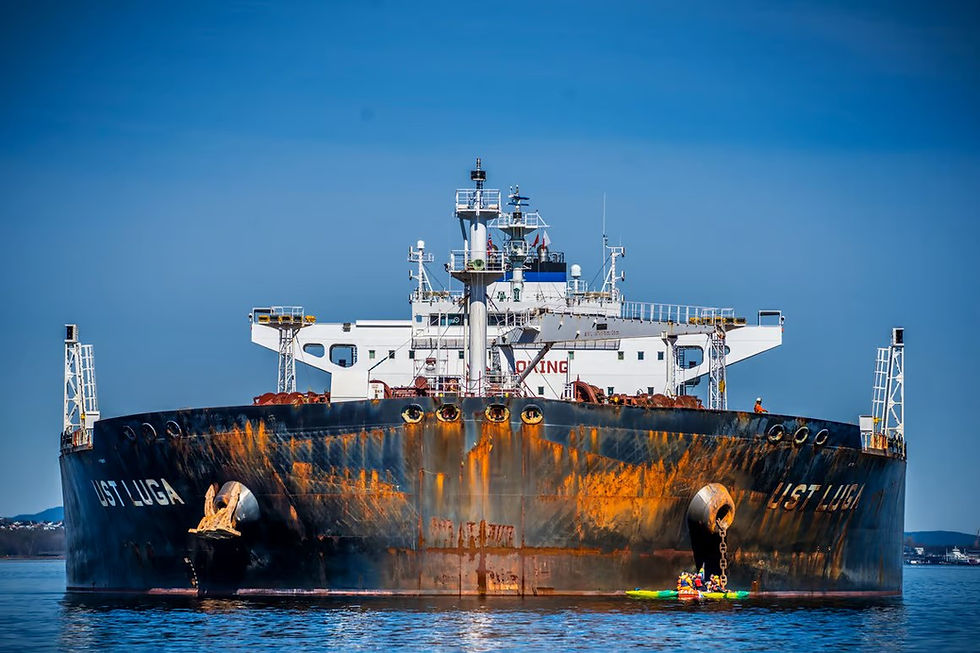
Heightened Tensions in the Baltic Sea
In recent days, Russia’s Baltic Fleet has launched large-scale exercises involving over 20 warships and 3,000 personnel, marking a significant escalation in regional naval activity. More critically, Russian naval forces have begun actively escorting shadow fleet oil tankers, a move that signals a strategic shift in Moscow’s maritime posture—placing increased emphasis on the protection of commercial and strategic economic interests. This integration of military and illicit commercial operations captures growing international attention, highlighting the Baltic Sea’s transformation into a high-stakes security flashpoint.
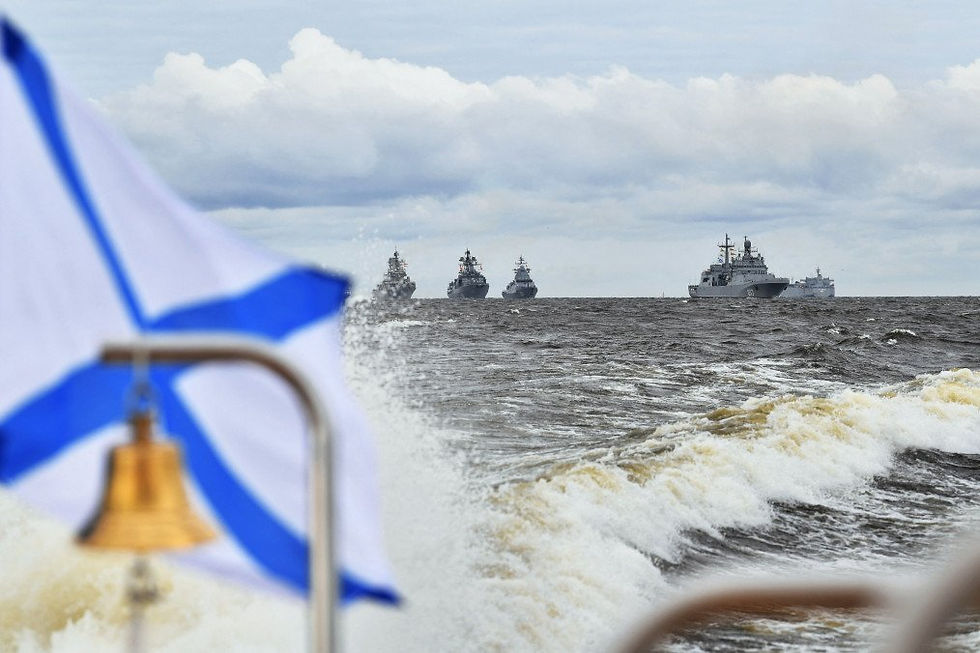
Overview
In 2025, the Baltic Sea has emerged as a hotspot in the evolving confrontation between Russia and NATO. Central to this dynamic is Russia’s so-called “shadow fleet”—a network of over 1,300 aging, AIS-disconnected vessels, many operating under flags of convenience and used to circumvent EU and G7 sanctions imposed after the 2022 invasion of Ukraine.
Approximately 50% of Russia’s oil exports via this fleet transit through the Baltic, turning the region into a contested maritime domain. These vessels not only pose environmental and navigational risks but are increasingly linked to hybrid operations, including espionage and sabotage.
Operational Tactics
The shadow fleet primarily uses Russian ports like Primorsk and Ust-Luga, employing ship-to-ship (STS) transfers to obfuscate cargo origin. In December 2024 alone, these ports facilitated over 5.5 million tons of oil exports. Many vessels lack proper insurance, transponders, or maintenance, increasing the risk of collision or environmental disaster.
Escalation: The Jaguar Incident
On 13 May 2025, Estonian naval forces escorted the Liberia-flagged Jaguar, suspected of operating near sensitive infrastructure. Russia responded by dispatching a Su-35 fighter, which briefly violated NATO airspace. This incident underscores Moscow’s willingness to militarily defend non-flagged commercial assets tied to its interests.Hybrid Threats: Sabotage and Surveillance
Several shadow fleet vessels are suspected of submarine cable interference and intelligence gathering. The Eagle S was linked to the December 2024 damage of the Estlink2 power cable between Estonia and Finland. Swedish naval intelligence has reported unusual comms equipment aboard certain tankers, classifying them as potential “spy ships.”
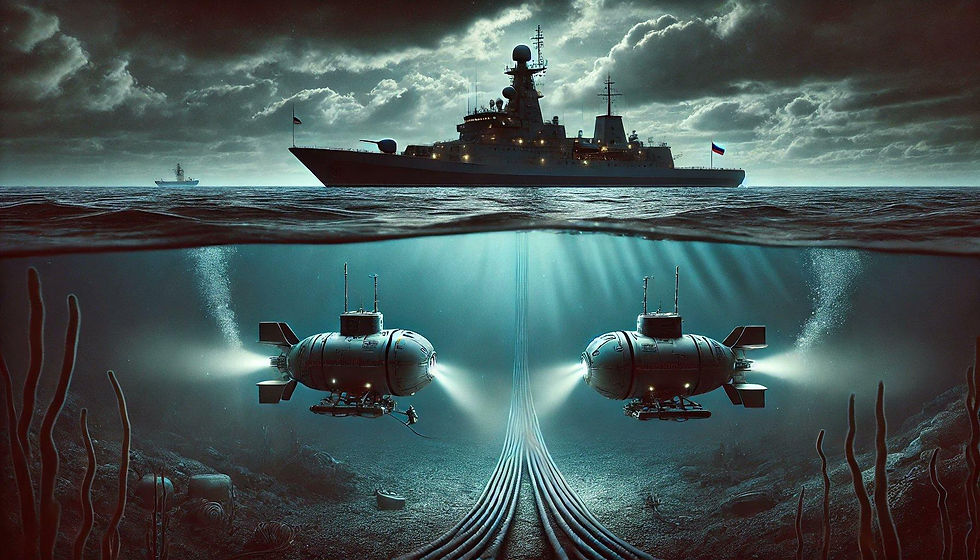
Environmental Risks
The fleet’s aging vessels are a ticking ecological time bomb. In January 2025, the Eventin ran aground off Rügen, causing a localized oil spill. Earlier incidents in the Black Sea demonstrated the broader risk of unregulated maritime logistics, particularly in semi-enclosed, ecologically sensitive areas like the Baltic.
NATO & EU Countermeasures
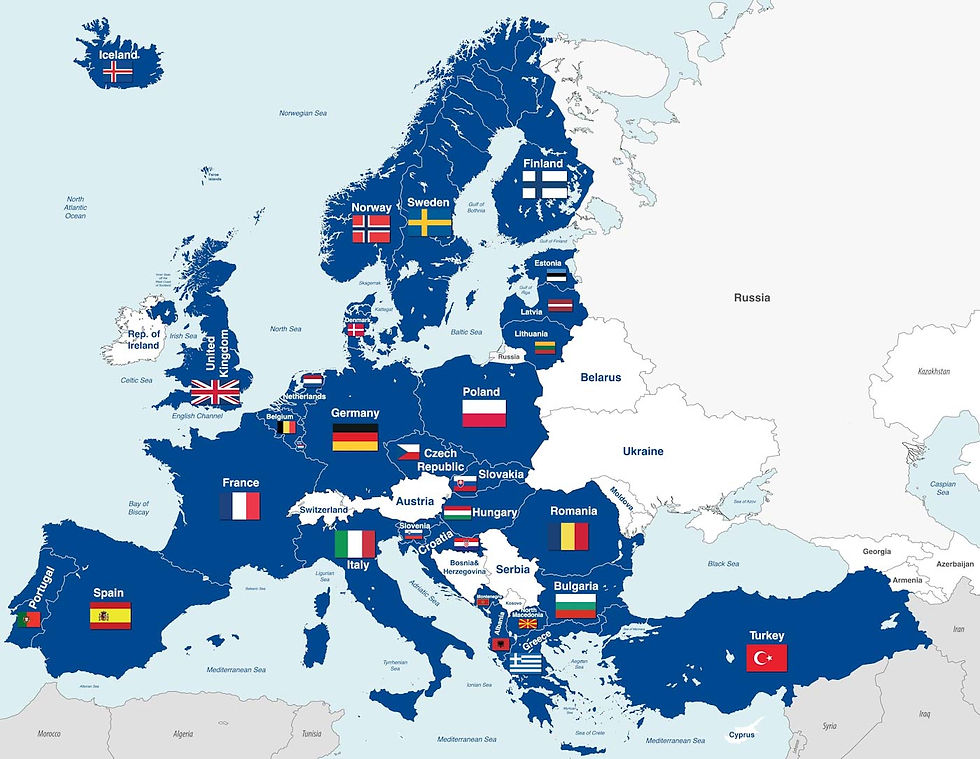
In response, NATO launched Operation Baltic Sentry in January 2025 to protect subsea infrastructure and monitor illegal maritime activity. The Nordic Warden initiative, introduced in April, integrates AI surveillance tools to track shadow fleet behavior and potential threats.
The EU has sanctioned over 350 vessels, though enforcement remains difficult due to complex ownership structures and the use of shell companies.
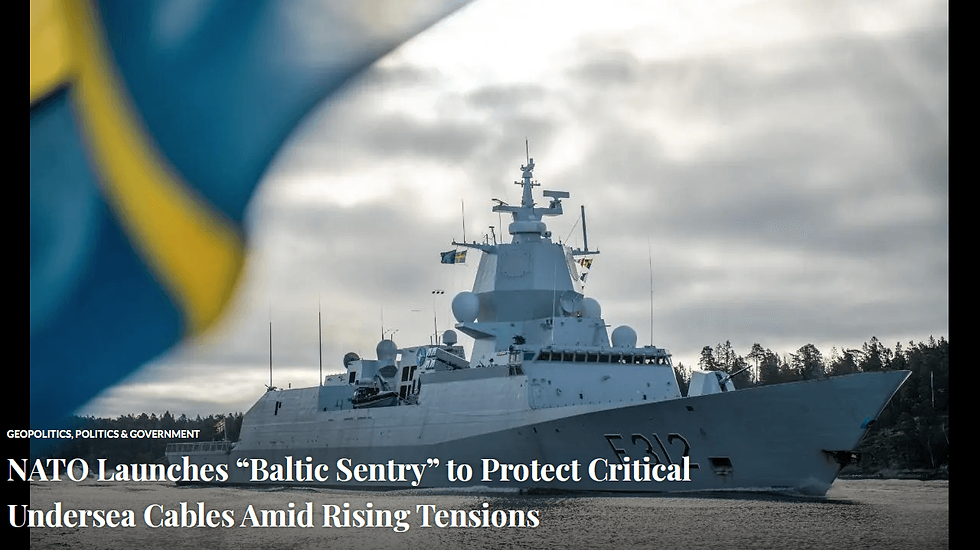
Russian Naval Involvement
Russia’s Baltic Fleet plays a protective role, conducting drone and submarine defense drills around shadow fleet tankers in April 2025. This raises legal and operational challenges, as military assets are increasingly deployed to escort suspect civilian vessels.
Strategic Outlook
The Baltic is becoming a flashpoint. With Finland and Sweden now NATO members, Russia’s maneuvering space is limited. Continued armed protection of non-flagged vessels increases the risk of direct confrontation.
Conclusion
Russia’s shadow fleet poses a multi-domain threat—combining sanctions evasion, environmental risk, and hybrid warfare. As maritime boundaries blur, the Baltic is evolving into a critical front for gray zone conflict, demanding coordinated NATO and EU maritime security strategies.


Comments